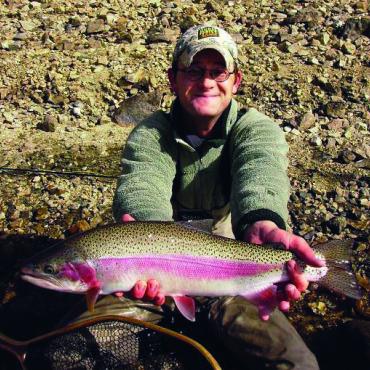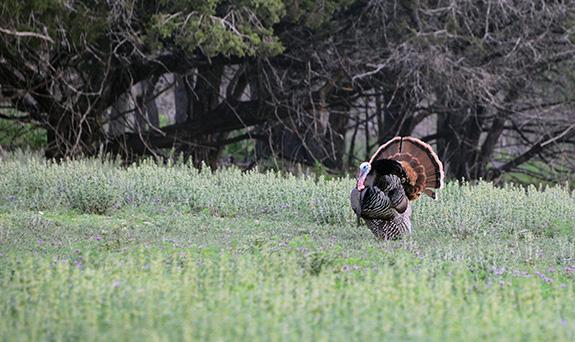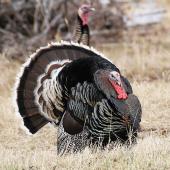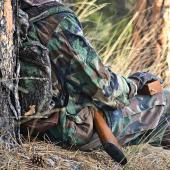Turkey the Wild Way
Hunting turkeys in southwest Montana.
As the American Thanksgiving celebration becomes less like a Norman Rockwell painting and more like a Chevy Chase movie, we here in Big Sky country have the unique opportunity to transform this homogenized holiday into a truly memorable celebration. Of course the true test of any Thanksgiving celebration is the turkey, and what better way to prove that you truly do have a lot to be thankful for than bringing home a hard-won wild turkey, harvested from the wide-open spaces of Montana. Here's how to get that bird from field to table.
Climb Hill. Wait. Repeat.
Fall turkey hunting in Montana is only slightly simpler than that of spring turkey hunting. The big equalizer in autumn, though, is that in many regions hunters may harvest the big bird using a rifle. Hunting turkeys in the fall also isn’t that dissimilar from hunting big-game animals in the high plains. Any amount of scouting will be helpful, of course the more preseason preparation the greater the margin for a succulent gobbler on the table. But when hunting turkeys, climb the highest point in your hunting area and glass. This process will likely take hours, maybe even days. Not unlike deer or antelope hunting, you have to use the topography and natural features of the area to close the distance for a clean shot.
The ideal shot placement on a turkey is the head, especially because the object of this hunt is table fare. Surely we can’t have Granny spitting out pieces of shot with her dentures in front of friends and family.
Turkey on Ice, Oh So Nice
If everything goes well, you'll find yourself with a very large bird carcass on your hands. Because autumn in Montana is as unpredictable as the rest of the seasons, don’t bet on cool weather to keep your turkey fresh. Field prep is simple but crucial to assuring a tasty main course later on.
Remove the guts and entrails immediately and pluck the bird while it's still warm. In many cases, though, it's better to leave the feathers intact if you have a long trek back to the truck and ultimately home.
If the trip home requires several hours of windshield time, bring a good-quality cooler full of ice. Once you're back at the car, pack the empty organ cavity with ice and keep the entire carcass as cool as possible until you get home.
The Final Rubdown
Once home, pluck the bird. A pair of dishwashing gloves can make this process much easier.
Recently there's been movement toward skinning rather than plucking game birds. Skinning has its advantages, but it removes much of the bird’s natural juices and moisture. It's an option, but not a recommended one.
If you plan on freezing the bird, rub the entire plucked carcass down with olive oil before wrapping it in a plastic bag. This will help prevent moisture loss and freezer burn.
The Big Day
When it's time to thaw and prep your turkey for the table, the best way to ensure a moist, delicious bird is to thaw the entire carcass in a bucket of buttermilk. The lactic acid in the buttermilk will largely do away with any gamey taste, and the fat in the milk also restores any moisture lost during freezing.
Cooking a wild turkey is as open to possibility as a domestic turkey; the only real difference is that the wild turkey is free of hormones, has the benefits of natural selection on its side, and tends to have more dark meat and flavor than a domestic bird. For more information and turkey recipes, visit the National Wild Turkey Federation website at nwtf.org. Another great wild-game recipe resource is restaurateur and cookbook author Vince Pernicano’s website at wildlifechefvince.com.
Kurt Dehmer is the owner of Durty Kurty's Guide Service. For more info on Montana’s fall turkey season, visit fwp.mt.gov.













